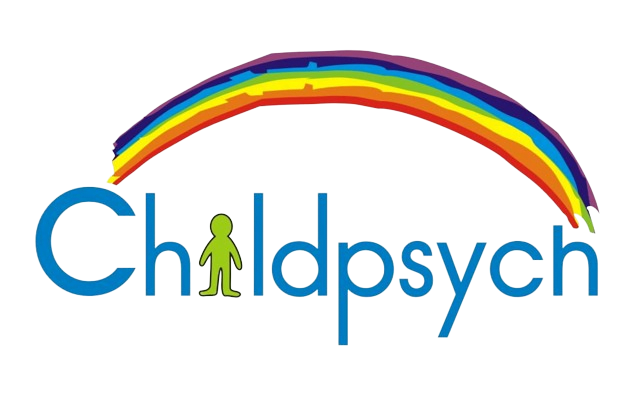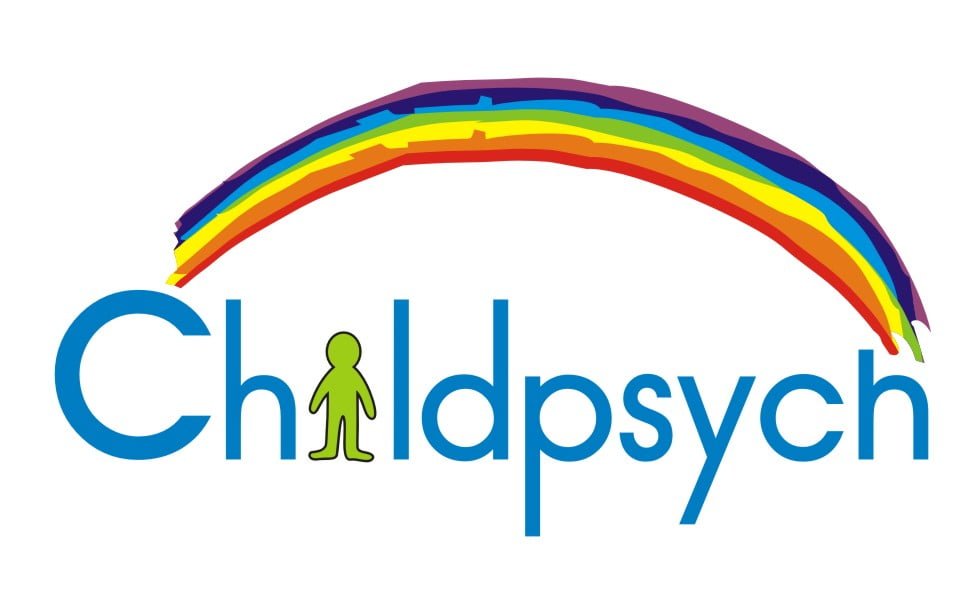Welcome back and a very, very happy New Year to you all! After a jam-packed 2010 (with its extended holidays due to the World Cup) and an unusually rainy December holiday period, many parents expressed their relief when schools across the country finally opened their doors for the start of the 2011 academic year.
I am so excited to launch this first edition of the new Childpsych newsletter. This edition’s focus is on visual perception and how it relates to school readiness and learning difficulties. Visual perception is a complex subject and for ease of reading I’ve decided to give only a brief description of each aspect along with a few examples of learning areas in which children will use these skills at school. In reality we use our visual perceptual skills in almost everything that we do and we use various perceptual skills simultaneously. I’ve also given some ideas on how to enhance these skills in young children in an effort to get them ready for the formal schooling environment of Grade 1.
There are many wonderful activity books and worksheets on the market that focus on these skills. But I am becoming increasingly concerned at the amount of worksheets young children are required to complete at Nursery school level, while games and informal learning opportunities are neglected. As such I’ve tried not to recommend worksheets and rather given examples of games and activities that can easily be implemented at home and in the classroom and emphasises learning while having fun.
Also have a look at the Brain Blog section with its focus on Neuropsychology. I hope you find the information in this newsletter useful. Please feel free to contact me if you have any queries.
Kindest regards,
Anel
Visual Perception
Visual perception, put simply, refers to how the brain perceives and processes visual stimuli. It consists of various aspects, each of which is discussed below:
* Visual Figure Ground
The ability to focus one’s visual attention on one object or figure, against a complex background. Children employ this skill when reading as it enables them to focus on each word (and later on each sentence in a paragraph) at a time.
Any activity where the child has to focus on one object between other objects will stimulate the development of this skill.
• Mix Smarties and Astro’s together in one bowl and ask the child to find all the Smarties. You can teach your child colour concept and classification at the same time by asking him, for example to find all the yellow Smarties or Astros.
• Take the pieces of two different puzzles and mix them together. Spread them out (facing up) and ask the child to complete both puzzles.
• Play Snakes-and-Ladders
• Play “I spy”
• The “Where’s Wally” books are great for practicing this skill
* Visual Discrimination
The ability to perceive the similarities and differences between objects, shapes and symbols. This aspect of visual perception enables us to categorise, match and sort things. At school, children will need this skill in order to discriminate between different numbers or letters, for example in differentiating between two very similar words, such as “hard” and “hand”.
• Mix the lids of different pots and pans and have the child try to fit them all again.
• Give the child some mixed small change and ask him to sort them. This is a wonderful exercise for older children, as it also introduces the concept of money and monetary value.
• Play snap
• Pay Dominoes
* Visual analysis & synthesis
The ability to combine parts of a unit to form a whole, or alternatively, to divide the whole into its separate parts. These skills are very important in the development of early literary and numeracy skills. Children use this skill for instance, when combining the letters c+a+t to form the word cat, and again to break the word down into it’s separate letters.
• Build puzzles and Tangram designs
• Play “Scrabble” (increasing the difficulty of the words as children get older)
• Build constructions using “Lego”, building blocks, etc.
• Copy patterns with pegs on a pegboard
* Spatial awareness and Spatial orientation
Theses skills enable us to orient our bodies in relation to other objects, as well as to orient objects in relation to one another and includes concepts such as above, under, behind, in front, next to, on top, inside, on etc. It encompasses both
• Direction (i.e. moving up, down, to the left etc) and
• Sequencing – which refers to the fact that time estimation is very important for any movement in space (e.g. when catching a ball, the hands must come together around the ball at a specific time in space).
Children use these skills during mathematics where they are required to write numbers correctly “under” and “next to” one another, it enables them to read “from left to right and from top to bottom”, it helps them to discriminate between visually similar letters such as b/d and p/q when reading and is also important in writing sufficiently on a straight line.
• Create patterns on a pegboard and ask the child to copy them.
• Play “Twister”
• Sing and move to action songs such as “The Hokey Pokey”
• Play “Simon says” using instructions such as “Simon says: sit under the table, stand on the bed, etc)
* Visual closure
The ability to complete figures, words or sentences, which are perceived as incomplete, in order to give them meaning. Difficulties with this aspect of visual perception could lead to Dissociation problems, where children struggle to see the overall connection between component parts or Integration problems, where children draw adjacent shapes to near or too far away from each other. This may result in omissions and insertions when reading and spelling and will affect copying speed.
• Build puzzles
• Cut pictures out of your child’s favourite magazine and cut the pictures in half (or smaller pieces for older children). Now ask your child to match the pieces up again.
* Visual constancy
This refers to the realization that an object has traits which don’t change, even if the colour, position, size, background or texture changes. In school this skill enables children to know that the following symbols all represent the same concept:
a a a a a a a a
Later in their school career, children use this skill to scan text in order to extract important information.
* Visual memory
The ability to memorise information received from the eyes. Visual memory is important for accurate and efficient reading and spelling. Academic learning is in fact, impossible without memory.
• Play “Kim’s game”. Place a few toys in front of your child, allowing him or her to look at them for a few seconds. Cover the toys with a cloth and ask the child to name as many of the covered toys as he or she can remember. Start with three or four objects and increase the amount as your child gets older.
• Place a few toys in front your child, again allowing the child to look at them for a few seconds. Now cover the child’s eyes while you remove one of the toys. Ask the child to tell you which toy has been removed.
• Show your child a bright illustration, containing lots of detail. Now cover the illustration and ask him questions about it. For instance: “How many flowers are in the picture?”, “What colour was the bird?”, etc.
* Visual motor integration
The ability to integrate the functions of the visual system and the motor skills. Thus, it enables the childen to learn from what they see because they can copy it. For instance, copying what the teacher has written on the blackboard.
Children generally master copying lines and geometrical shapes in the following sequence:
│ ─ O + □ / ∆ ◊
• Play “Jenga”, this will help improve your child’s fine motor skills at the same time.
• Any game or sporting activity that involves hand-eye coordination will help improve this skill. Try mini-cricket, tennis, golf, netball or gymnastics.
The sequence in which the concepts as well as the visual perceptual skills develop in relation to one another are shown in the box below:
The concepts of colour, size and shape develop
↓
The visual perceptual skills develop (i.e. visual figure ground, visual discrimination, spatial concepts, visual closure and visual constancy)
↓
If the above process as well as the development of the child’s motor skills have taken place sufficiently, visual motor integration can take place
↓
Cognition develops (i.e memory, problem solving, judgement, abstract thinking, self-control, concentration, organisation, etc.
Brain Blog
Ever heard of Prosopagnosia?
Prosopagnosia is the inability to visually recognize familiar faces. People with this disorder can still identify individuals by their speech and mannerisms and they generally have no difficulty recognizing facial expressions, gender and age indicating that both memory and visual acuity are intact. But they are unable to recognize the faces of friends and family members, or even their own image in a mirror. Scientist still aren’t sure what causes prosopagnosia, but they have found that it runs in families which indicates that it may be genetic. Prosopagnosic children are sometimes misdiagnosed as autistic and genetic testing may someday be able to save them from this fate.



